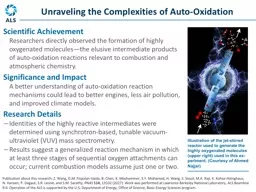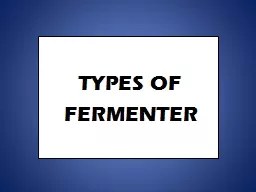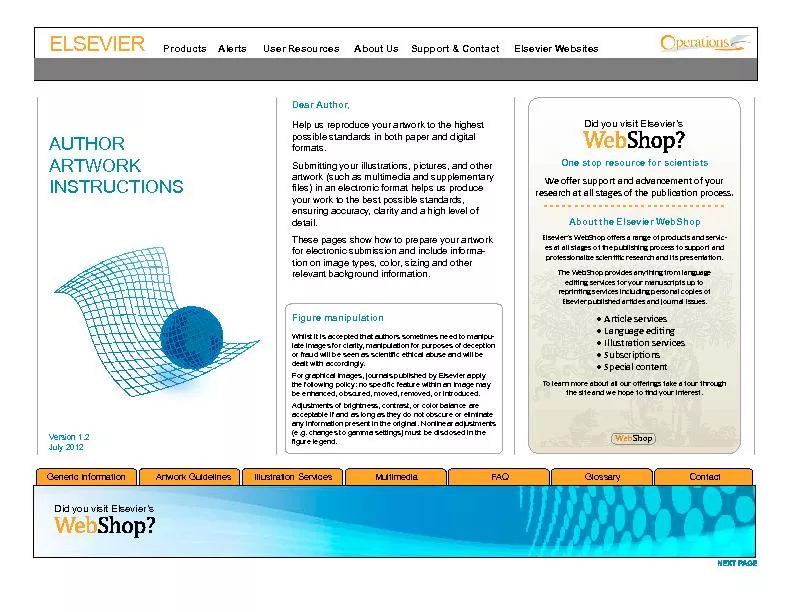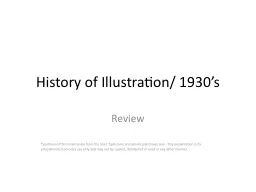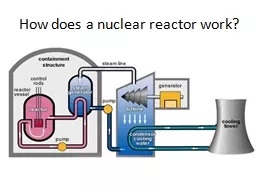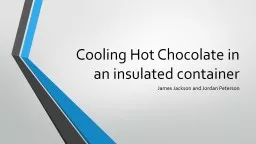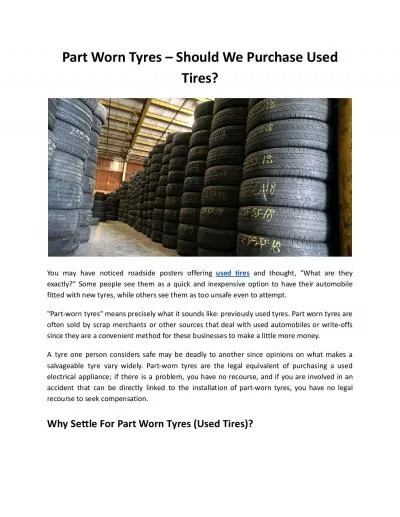PPT-Illustration of the jet-stirred reactor used to generate the highly oxygenated molecules
Author : groundstimulus | Published Date : 2020-08-04
Publication about this research Z Wang DM PopolanVaida B Chen K Moshammer SY Mohamed H Wang S Sioud MA Raji K KohseHöinghaus N Hansen P Dagaut SR Leone and SM
Presentation Embed Code
Download Presentation
Download Presentation The PPT/PDF document "Illustration of the jet-stirred reactor ..." is the property of its rightful owner. Permission is granted to download and print the materials on this website for personal, non-commercial use only, and to display it on your personal computer provided you do not modify the materials and that you retain all copyright notices contained in the materials. By downloading content from our website, you accept the terms of this agreement.
Illustration of the jet-stirred reactor used to generate the highly oxygenated molecules: Transcript
Download Rules Of Document
"Illustration of the jet-stirred reactor used to generate the highly oxygenated molecules"The content belongs to its owner. You may download and print it for personal use, without modification, and keep all copyright notices. By downloading, you agree to these terms.
Related Documents

